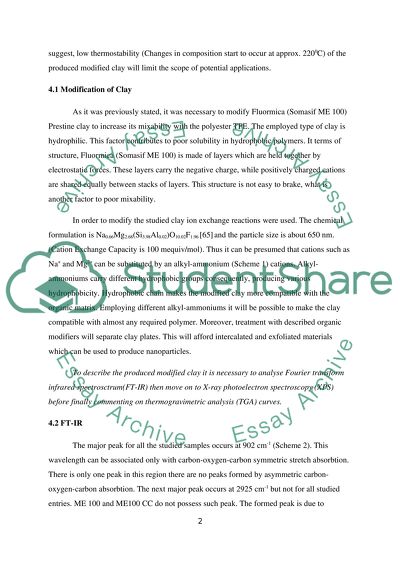Cite this document
(“Processing-structure-property relationships in (TPE-E) nanocomposites Lab Report”, n.d.)
Retrieved from https://studentshare.org/chemistry/1435930-processing-structure-property-relationships-in-tpe
Retrieved from https://studentshare.org/chemistry/1435930-processing-structure-property-relationships-in-tpe
(Processing-Structure-Property Relationships in (TPE-E) Nanocomposites Lab Report)
https://studentshare.org/chemistry/1435930-processing-structure-property-relationships-in-tpe.
https://studentshare.org/chemistry/1435930-processing-structure-property-relationships-in-tpe.
“Processing-Structure-Property Relationships in (TPE-E) Nanocomposites Lab Report”, n.d. https://studentshare.org/chemistry/1435930-processing-structure-property-relationships-in-tpe.


